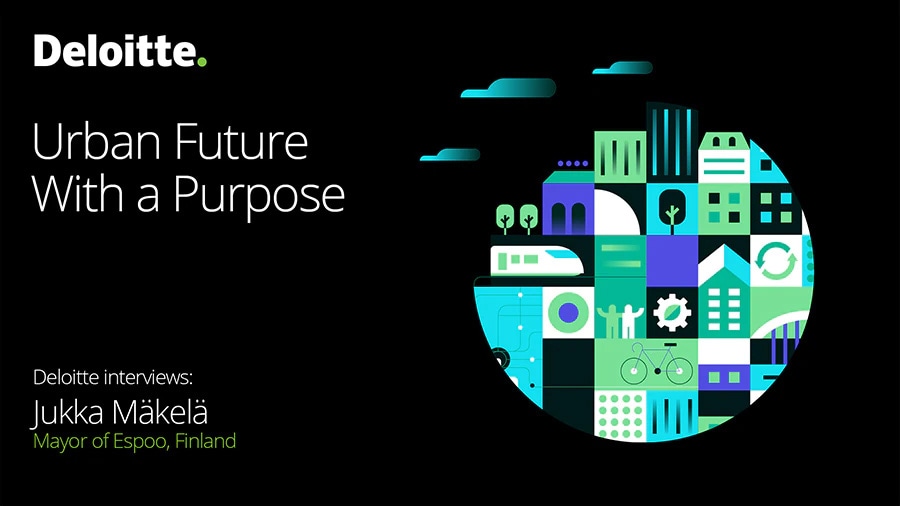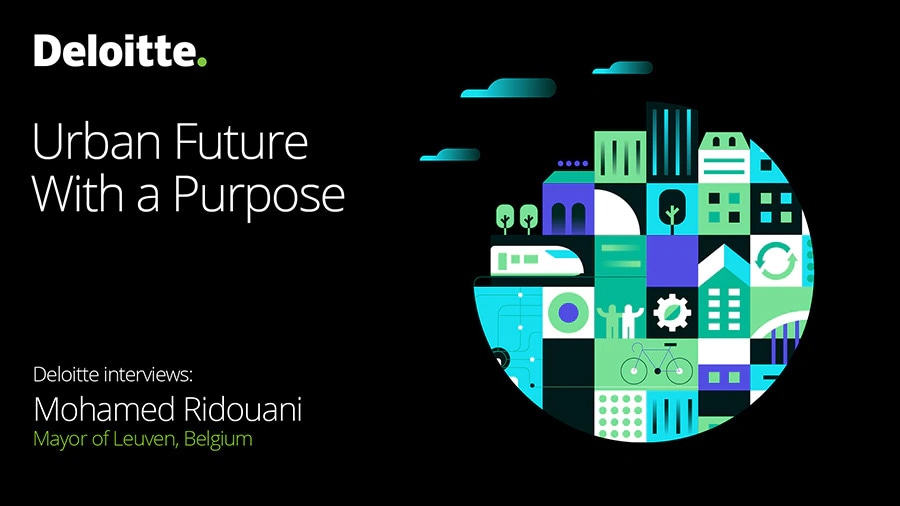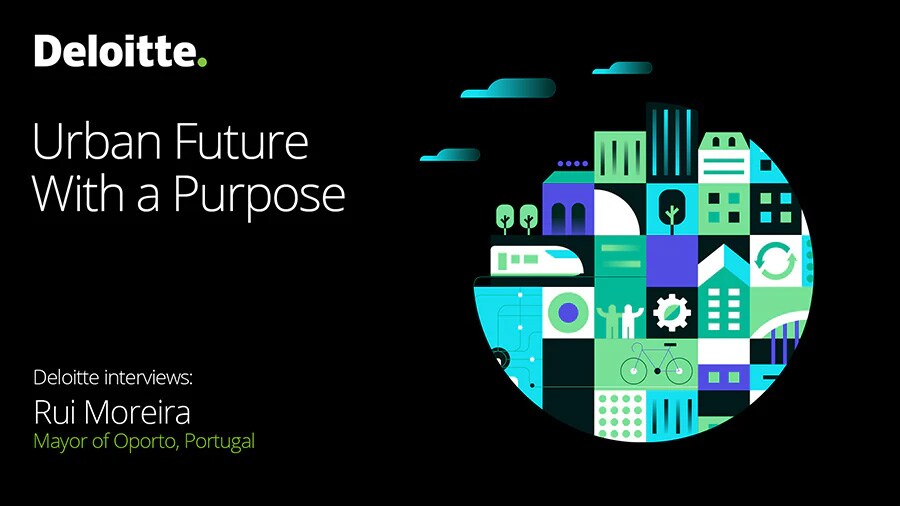Digital Innovation Ecosystems
Cities tend to attract talent, enable creativity and encourage disruptive thinking, developing themselves through an innovation model approach, and a combination of physical and digital elements.
Traditionally companies and industrial parks have been concentrated in suburbs of the city, but start-ups and digital nomads are now bringing innovation and ideas to the city centres. As population numbers increase in urban areas, cities compete for investment, skilled workers (talent) and cultural prominence, and this is turning urban regions into innovation hubs, leveraging data. Studies of venture capital (VC) investment in the United States illustrate this trend: innovation moving from suburbs to downtown cities1 , creating what the World Bank defines as “the collection of stakeholders, assets, and their interactions in city environments resulting in technology (in particular ICT)-based innovation and entrepreneurship”.2
You may find some cities with an innovation or technology department and individuals working in a silo, trying to innovate from there. This is not what we mean. Cities will adopt a multidimensional approach to innovation, the so-called quintuple innovation helix framework (of interactions between university, industry, government, public and environment)3 , and city governments will act as platforms enabling the right connections, policies, places and infrastructure to make the ecosystem flourish, solving the town’s most prominent challenges, bringing change to the city, to industries and the world.
Cities will be Living Labs for digital transformation and centres of experimentation, using data to develop pilots that can be scaled up. For example Barcelona has been described as: “a grand laboratory for its creative talent, its resident communities and its knowledge centres”.4 By putting talent attraction at the centre of its strategy, a city develops with the goal of being the most attractive host (of people, companies and research centres), in order to facilitate ecosystem development. The City Hall has to develop the right skills, data collection and usage, and modernise its governance model to foster collaboration and encourage open innovation. Increasing the level of adoption of digital innovations in high priority economic sectors generates a positive impact on local competitiveness, by opening up new sources of employment and economic growth, deriving from the creation of new businesses and types of employment.5 Similarly it supports the uptake of disruptive and promising digital technologies. In New York City, the technology sector has increased at a faster rate than other sectors, becoming a new source of direct and indirect employment. Similarly, Bangkok has been adding over 3,000 direct jobs a year to its ICT industry.6
Remote working has lengthened the list of cities that can adopt this strategic position. In line with the ‘rise of the rest’ theory put forward by Richard Florida in 2019,7 the shift from enterprise attraction to talent attraction makes it possible for smaller cities to thrive in a post-pandemic world, using data as a source of competitiveness in the digital innovation environment. It is a time also for small remote hubs.
“Data alone doesn't do anything, but if cities can create environments that people want to live and work in, and if they have a data infrastructure that can be used by entrepreneurs in ways better than competing cities, they will probably come out on top.”
-Kent Larson, Director of CityScience at MIT Media Lab
“Data alone doesn't do anything, but if cities can create environments that people want to live and work in, and if they have a data infrastructure that can be used by entrepreneurs in ways better than competing cities, they will probably come out on top.”
-Kent Larson, Director of CityScience at MIT Media Lab
Podcasts

Podcast with Jukka Makela, Mayor of Espoo, Finland

Podcast with Mohamed Ridouani, Mayor of Leuven, Belgium

Podcast with Kent Larson, Director of City Science Group, MIT Media Lab and Marcus Elkatsha, Urbanist at City Science Group,MIT Media Lab


